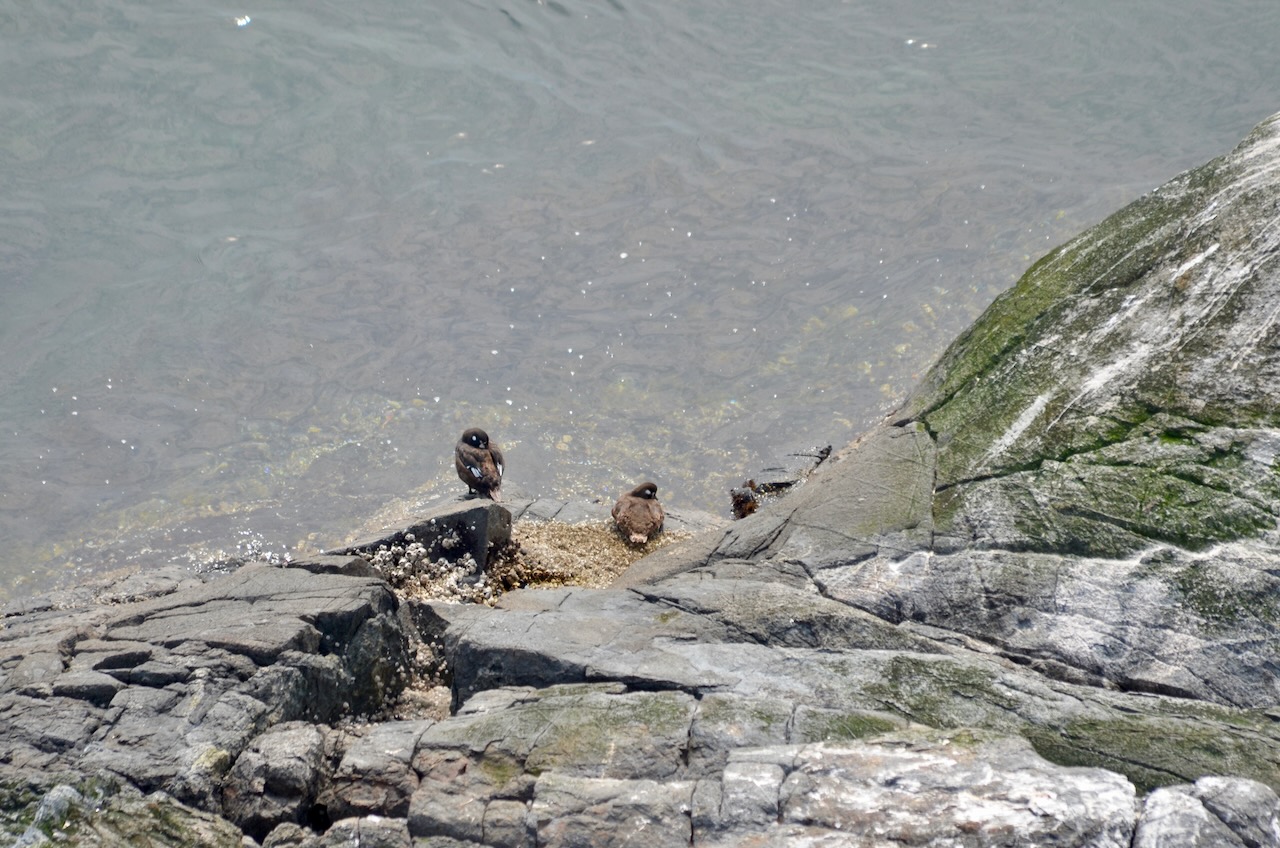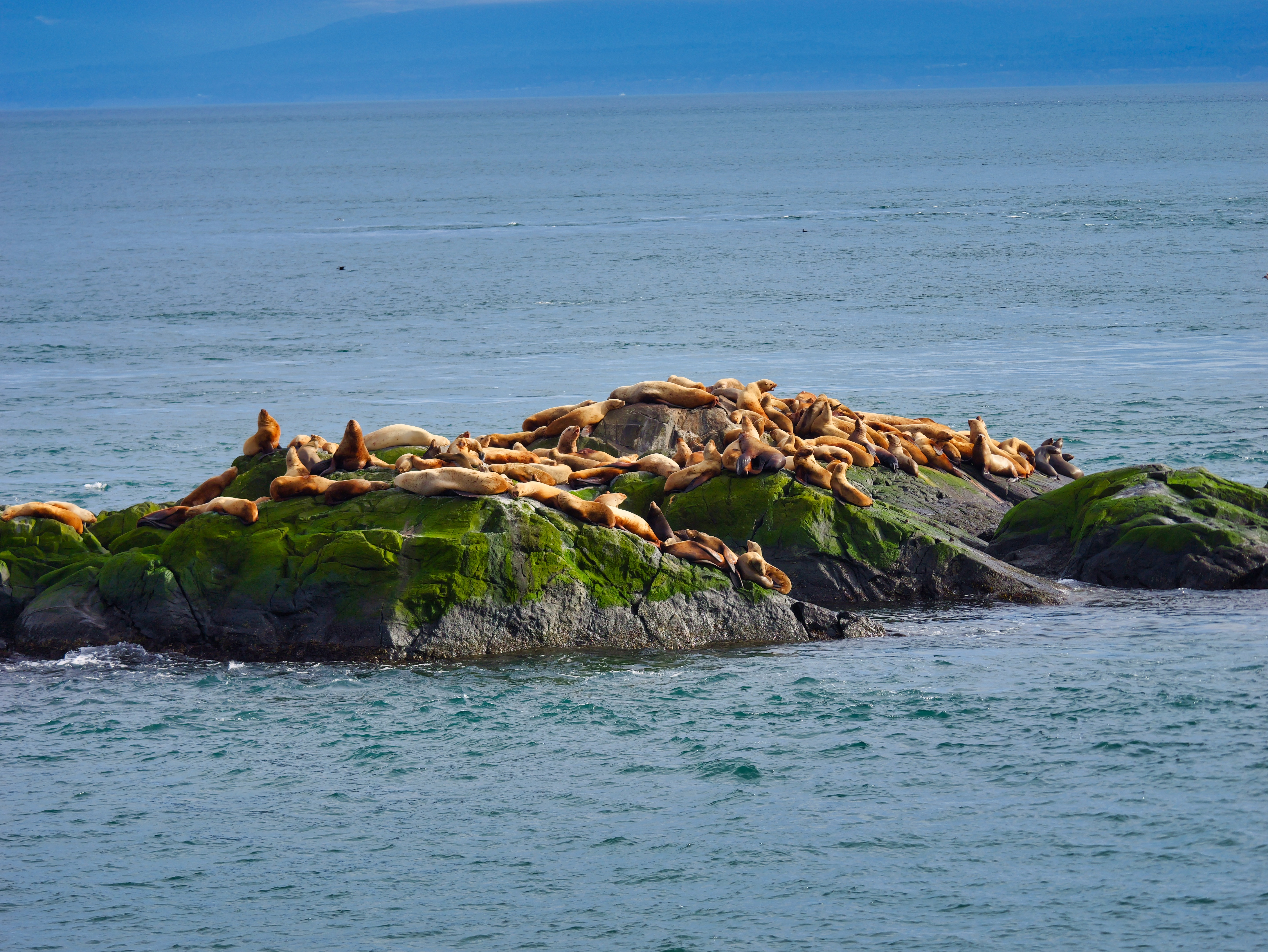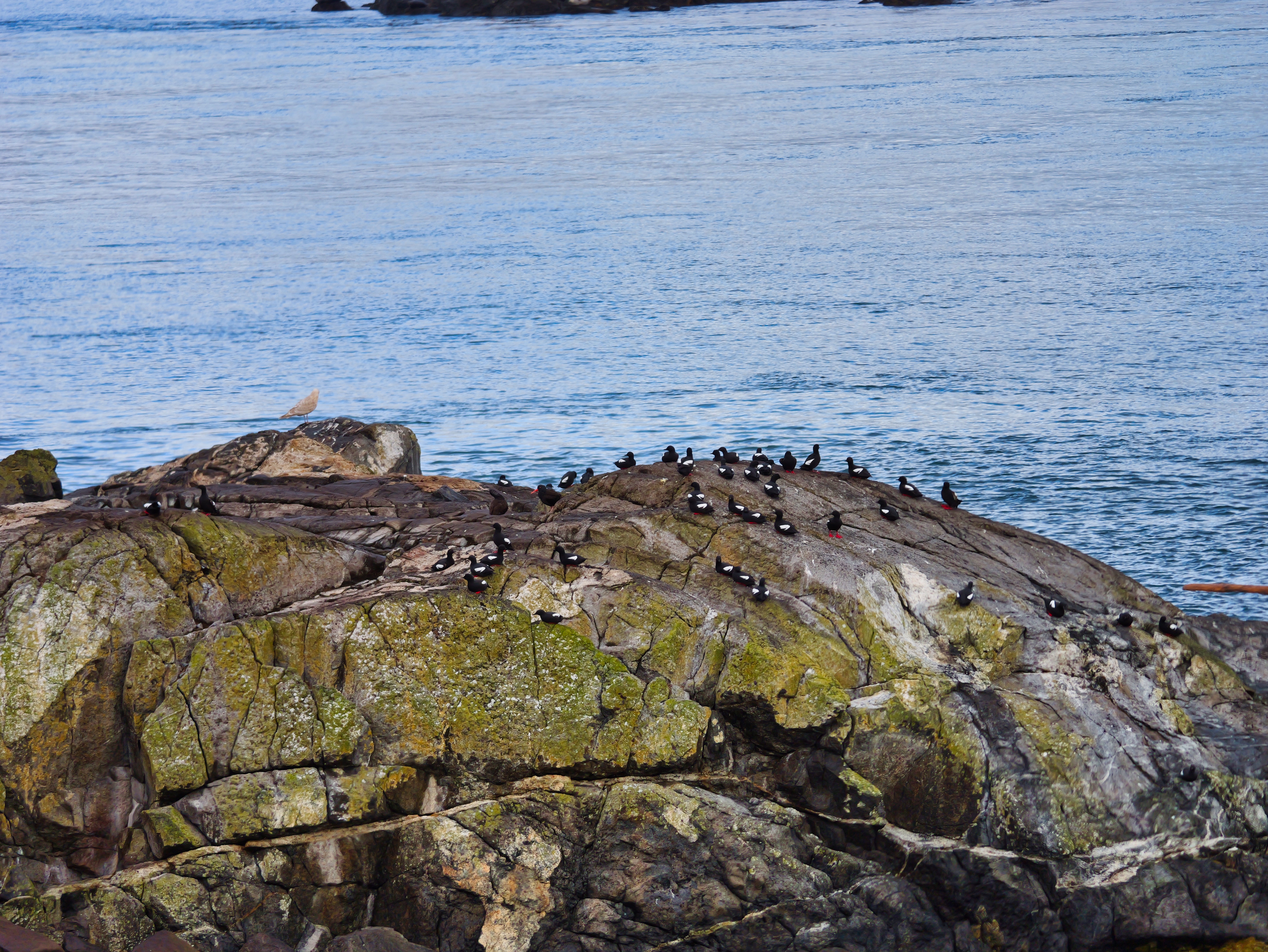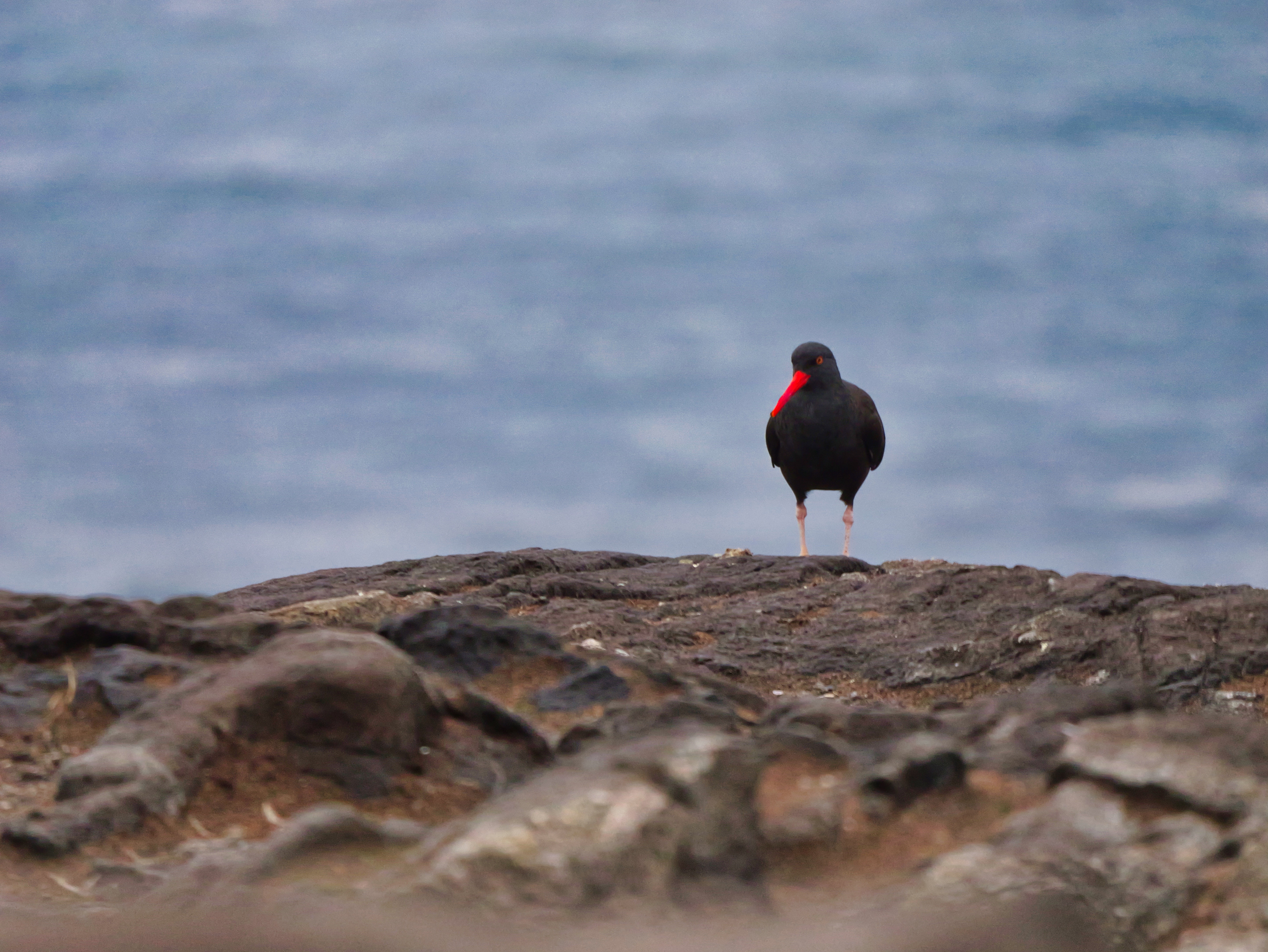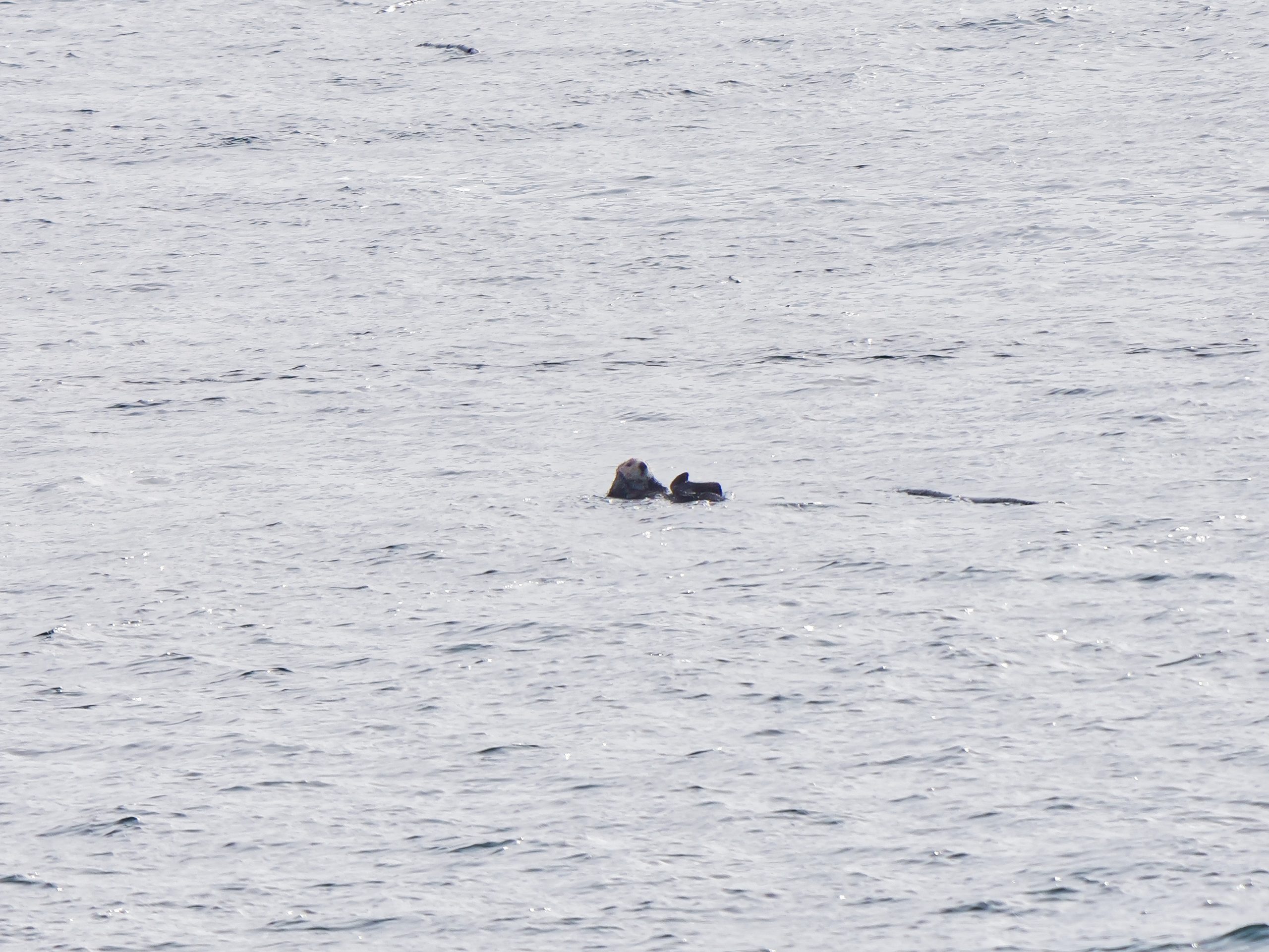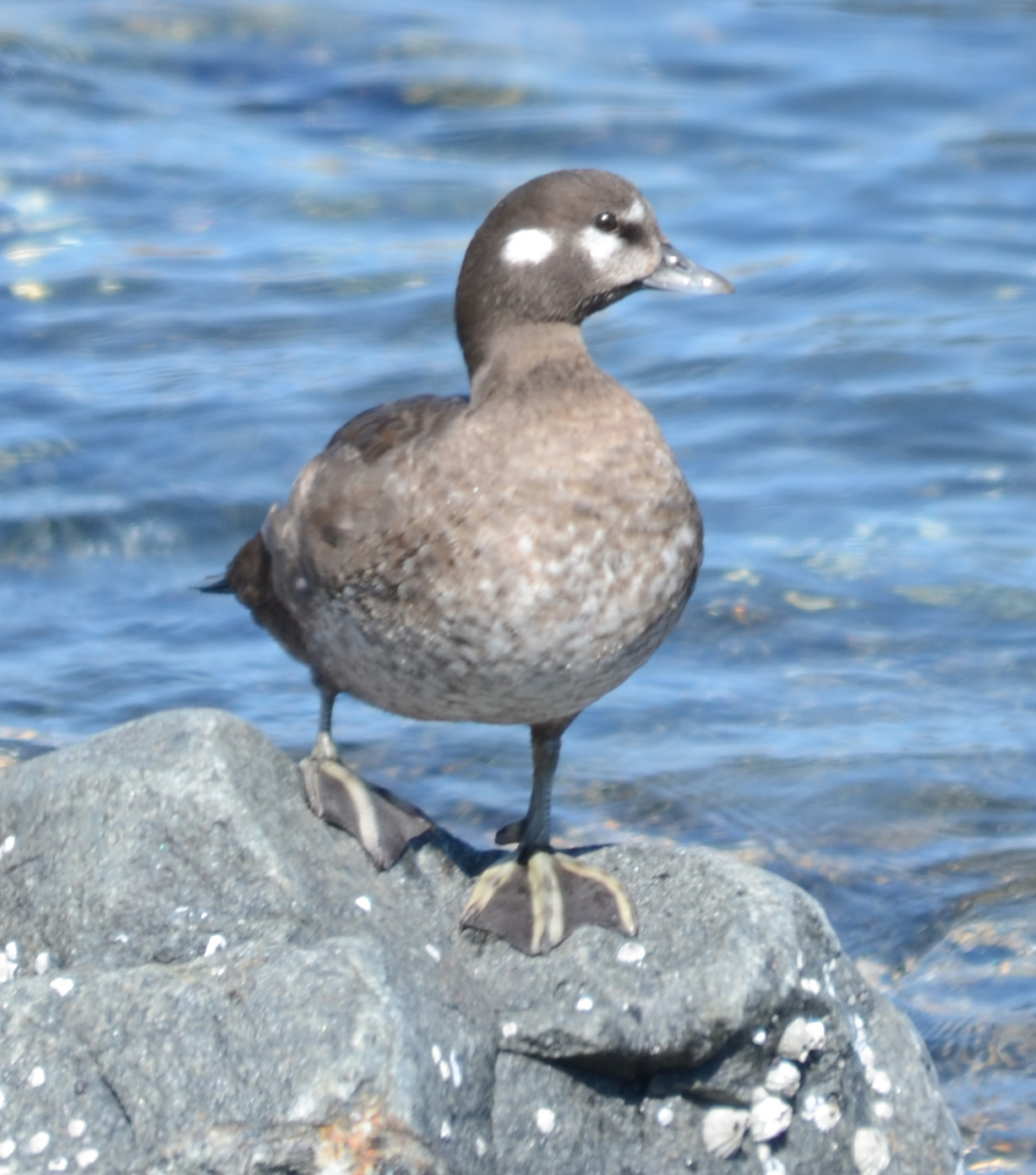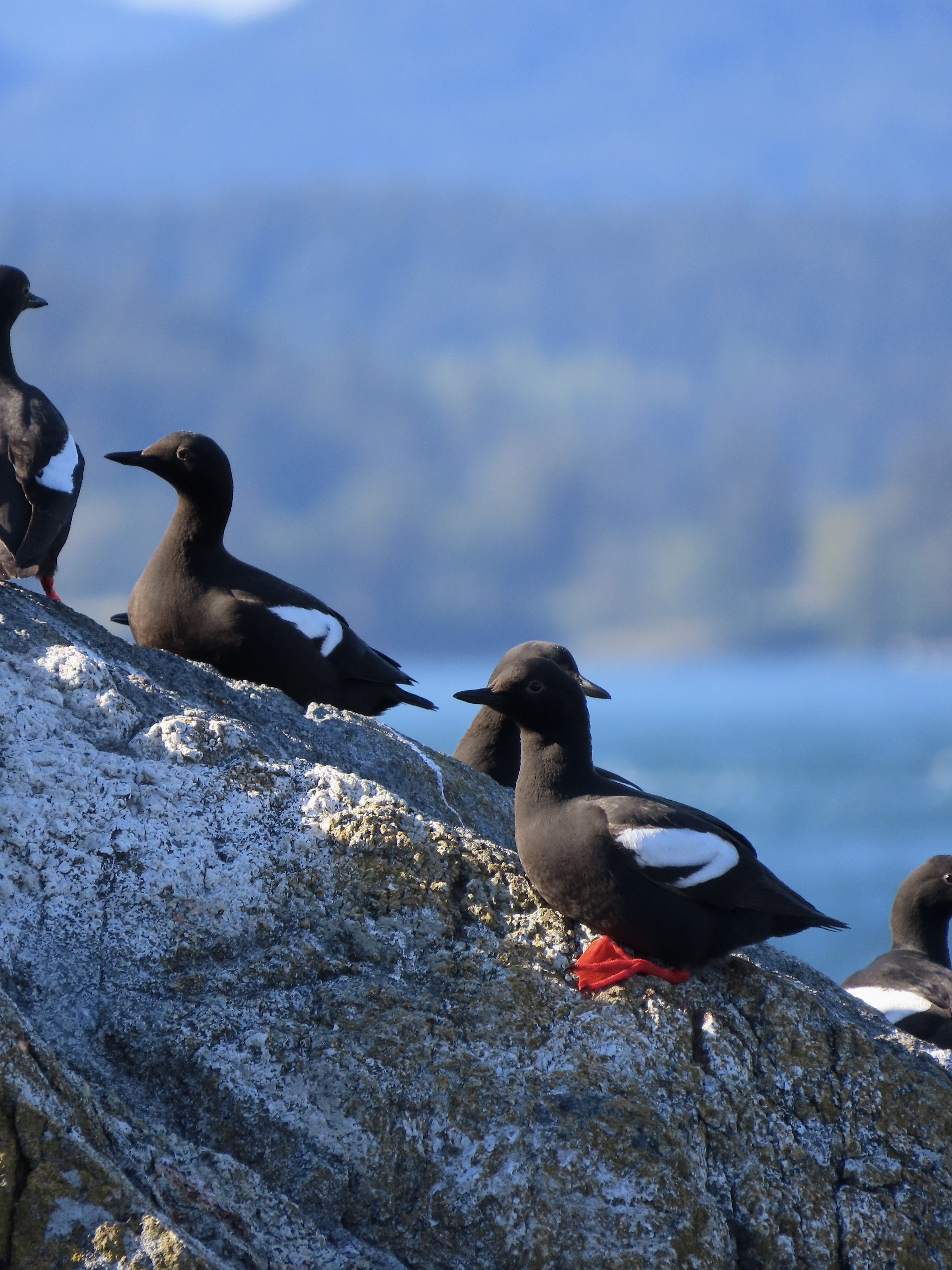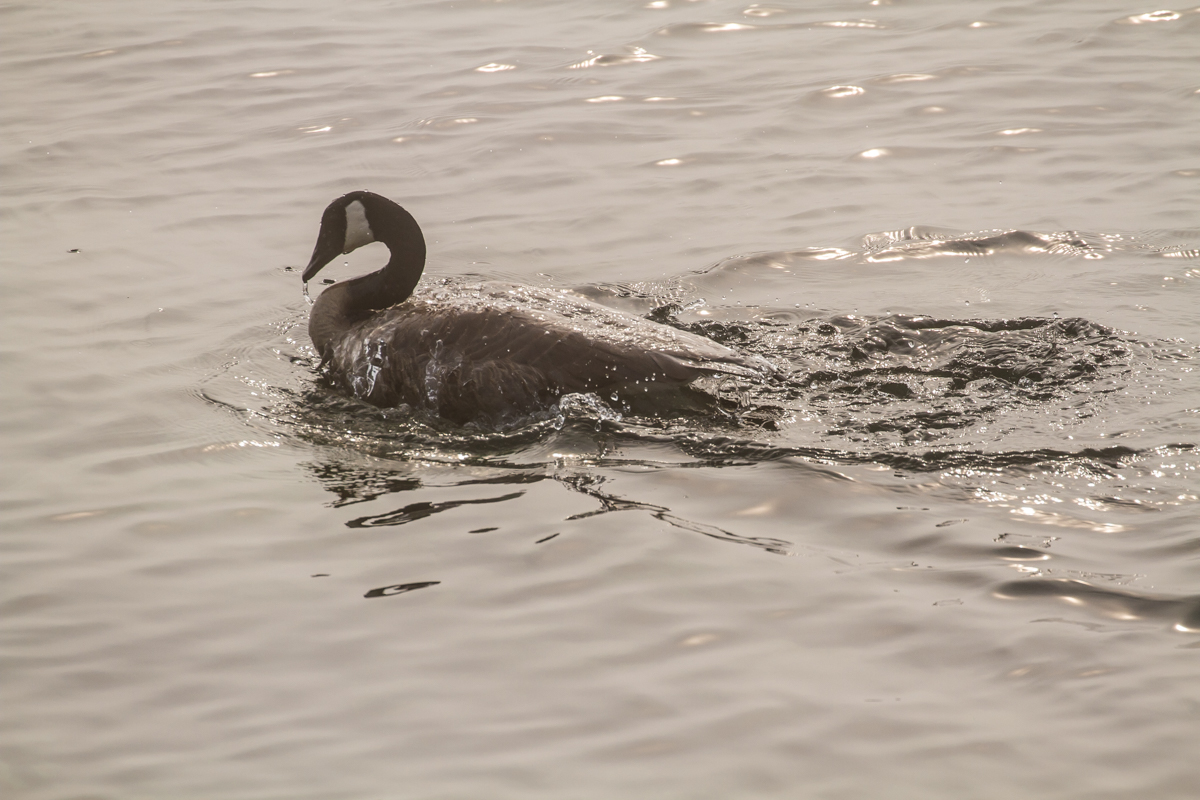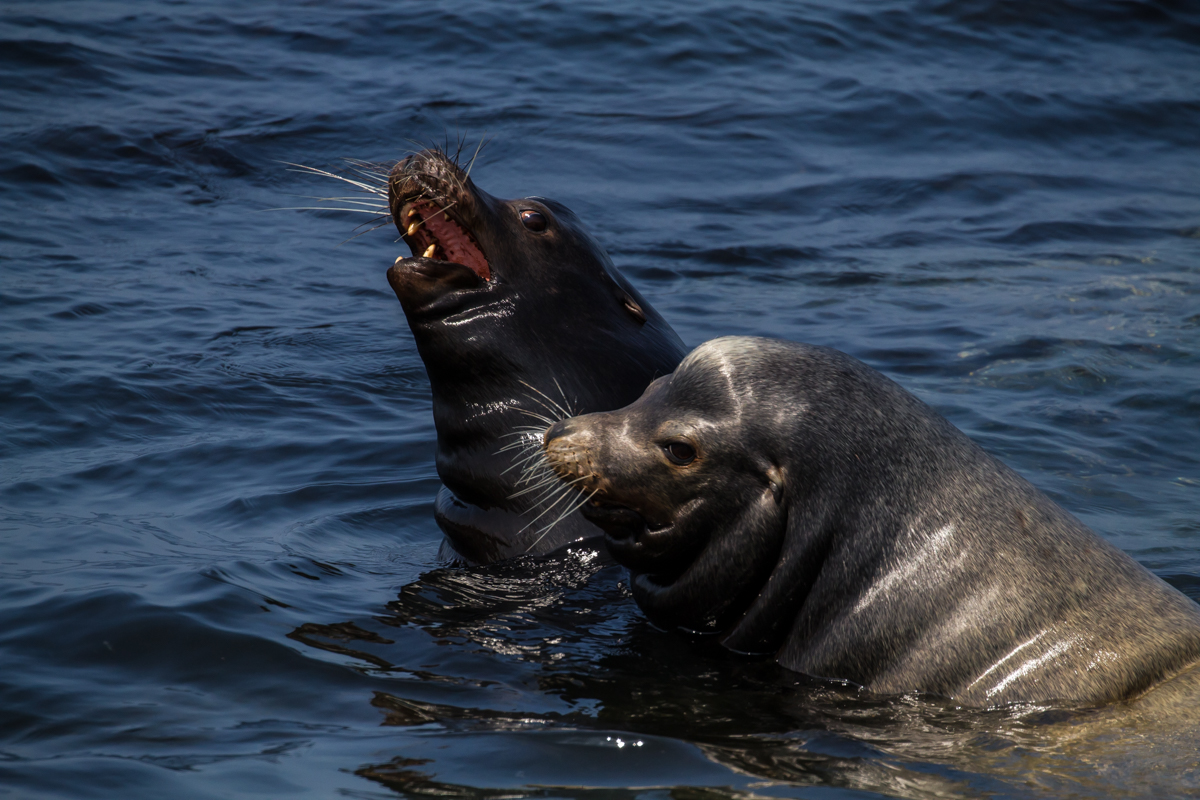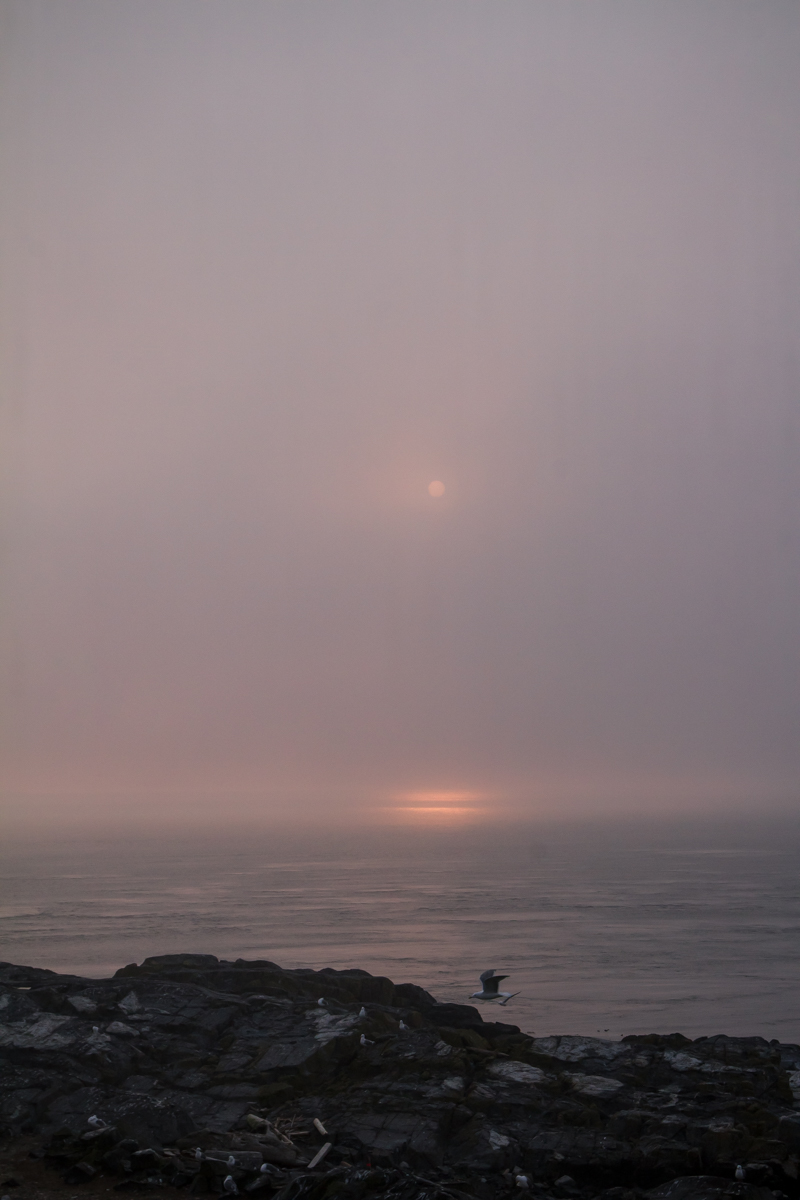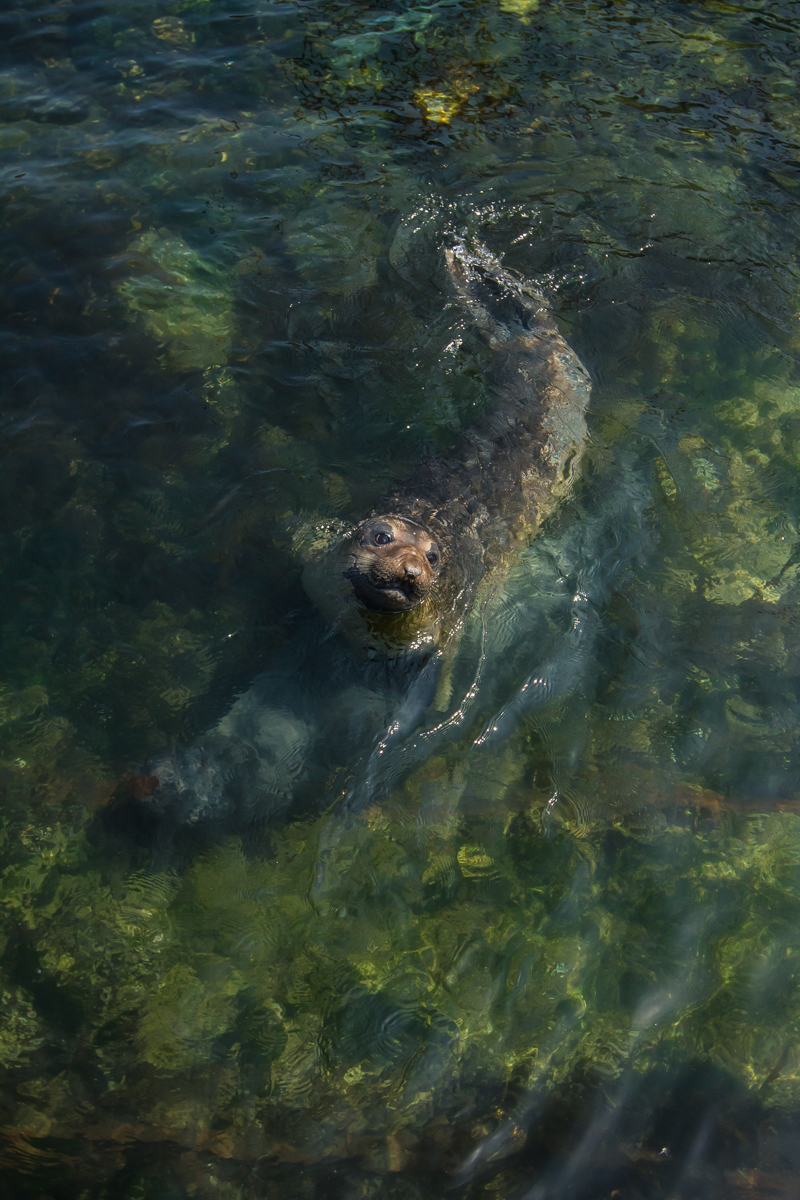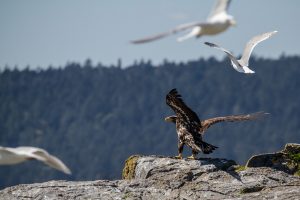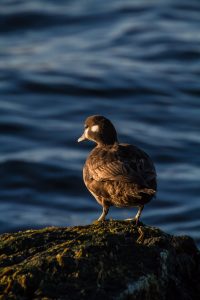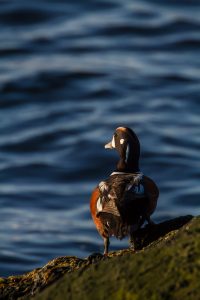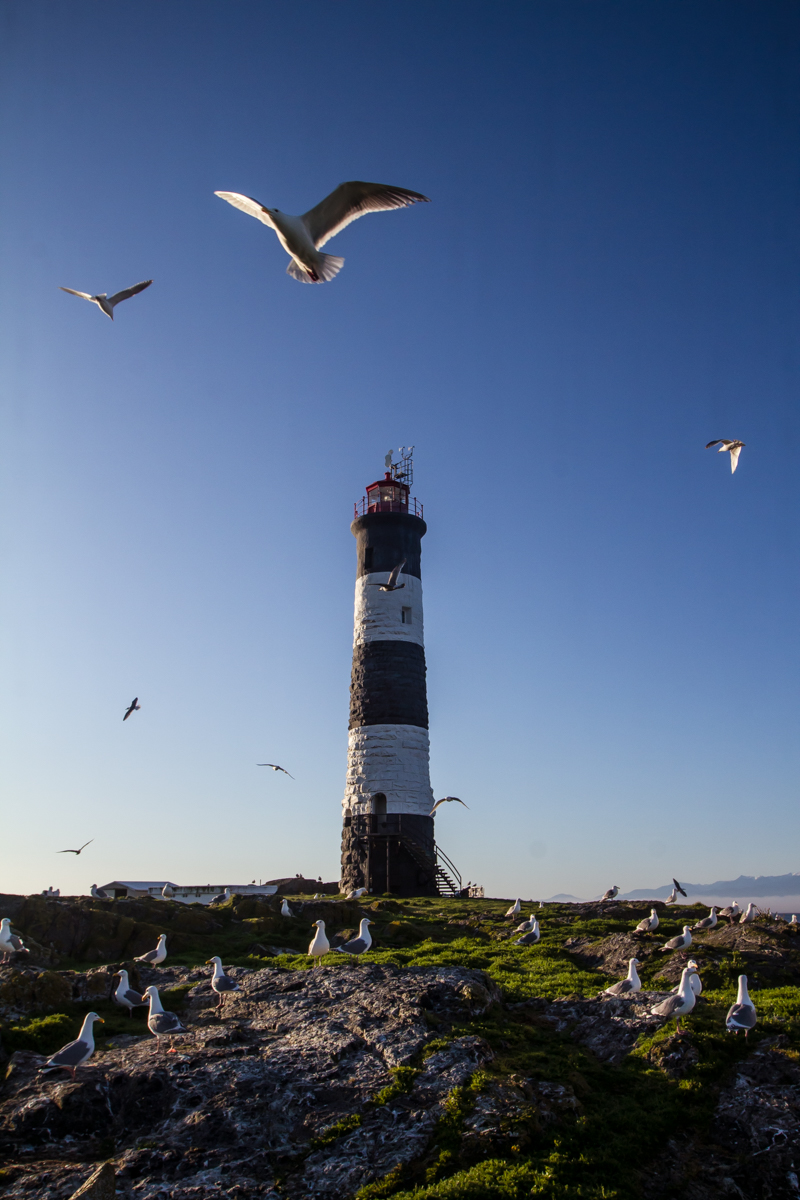One of the reasons for doing a weekly census is to put down in writing the numbers of mammals and birds that are actually in the reserve. This gives us the opportunity to compare the results, not simply rely on memory. And that’s a good thing! My impression on my return to Race Rocks is that there were a lot fewer gulls here than last year. A check of a census at a similar date in 2022 shows that not to be true. The numbers are actually very similar, but down about 15% from the same period in 2021. Census records the high counts of each species observed during the day. The marine mammals, for instance are best counted at low tide when most are hauled out. The adult gulls are at their highest numbers first thing in the morning and shorebirds gather on the east beach in late afternoon. Gull chicks can be counted anytime, but are usually undercounted because of their great hiding skills. In between, the census person watches for any other birds and animals that might show themselves.

Gull chick hidden in the marigolds.
Today’s census had several surprises apart from the number of gulls. While on the jetty, I thought I caught the flash of a bird in the corner of my eye. It was more than one. At least 3 swallows were feeding on insects in the small bay beside the jetty. I managed to get some bad photos, but good enough to identify two different Barn Swallows and one Violet-green Swallow. Later in the day, a Lesser Yellowlegs was resting with the other shorebirds, and a Parasitic Jaeger (also identified by bad photos) headed west not far off Great Race. An adult and juvenile Glaucous-winged Gull were out for a little swim. It always amazes me to see these youngsters in the water!

Lesser Yellowlegs, possibly the first documented for Race Rocks. First on eBird for the Race Rocks hotspot.

Out for a swim
Among the sea lions today, I found one entangled with a fishing lure. This poor animal has been her for several weeks. Another had been branded for a research study. I’ll report this number to get its history.

tagged 746R

Sea lion entangled with sports fishing tackle.
More photos below!
Census, 2 August 2023
Birds
- Harlequin Duck 1
- Black Oystercatcher 23
- Ruddy Turnstone 1
- Black Turnstone 93
- Surfbird 24
- Western Sandpiper 2
- Short-billed Dowitcher 2
- Lesser Yellowlegs 1
- Parasitic Jaeger 1
- Pigeon Guillemot 83
- Heermann’s Gull 2
- Western Gull 1
- California Gull 120
- Glaucous winged Gulls 332 adults, 237 juvenile
- “Olympic” Gull 3 adults 3 juvenile
- Brandt’s Cormorant 7
- Pelagic Cormorant 2
- Violet-green Swallow 1
- Barn Swallow 2
- Brown-headed Cowbird 2
Mammals
- Harbour seal 195
- Northern (Steller’s) sea lion 79
- California sea lion 7
- Sea otter 1
Visitors:
- No visitors
- Ecotourism traffic has been slow. Several boats a day, but rarely more than one in the area at a time
Facility Work:
- Cleaned windows and solar panels
- Replaced batteries in smoke, CO alarm in Student House
More photos:
-
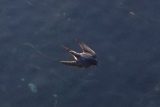
-
Barn Swallow feeding at the jetty
-

-
Western Sandpipers
-

-
Ruddy Turnstone
-

-
Parasitic Jaeger
-

-
Ollie at his station
-

-
The youngest gull on the island
-

-
Brandt’s Cormorant
-

-
Harbour seal and pup
-

-
Feed me. Now. Glaucous-winged Gull chick
-

-
Black Oystercatchers
-

-
Young Black Oystercatcher
-

-
Oystercatchers at dusk
-

-
Sea lion haulout
-

-
More Glaucous-winged Gulls
** All wildlife photos taken at safe distances with high-powered zoom, and may be cropped to improve detail! **













